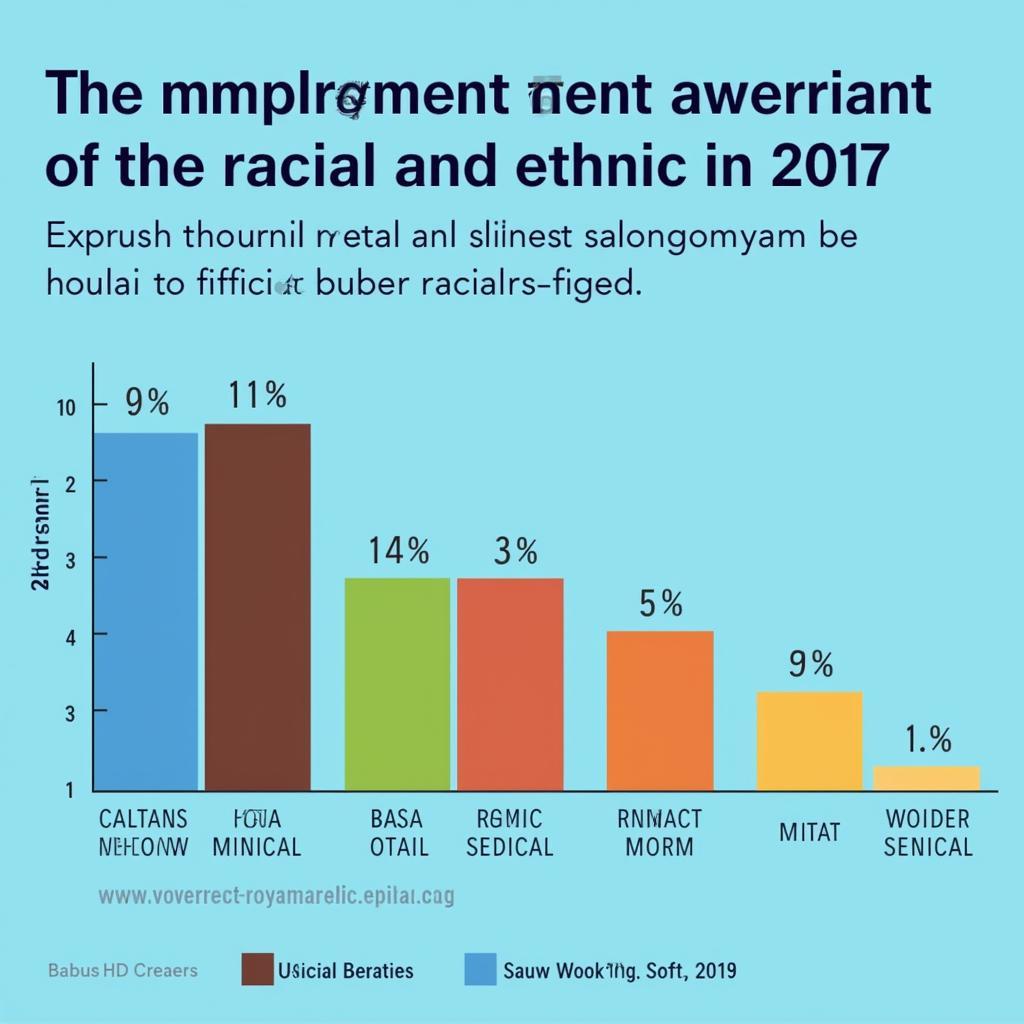African American Statistics 2017: A Look at the Numbers
African American statistics from 2017 provide a valuable snapshot of the socio-economic landscape of this diverse community. These statistics encompass a range of areas, including demographics, education, employment, health, and more. By analyzing this data, we can gain a deeper understanding of the challenges and triumphs experienced by African Americans during that period.
Demography and Population Trends
In 2017, the African American population in the United States continued its steady growth, reflecting both natural increase and immigration. According to the U.S. Census Bureau, there were an estimated **** 42.4 million African Americans, comprising approximately 13.4% of the total population.
This growth was observed across different regions, with the South continuing to have the largest share of the African American population. States like Texas, Georgia, and Florida experienced some of the most significant increases.
Educational Attainment and Achievement Gaps
The year 2017 saw continued progress in educational attainment among African Americans. High school graduation rates reached their highest levels, with significant improvements observed over the previous decade.
However, significant achievement gaps persisted. For instance, while college enrollment rates for African Americans increased, they remained lower compared to other racial and ethnic groups. These disparities highlight the need for targeted interventions and support systems to address systemic barriers to educational equity.
Employment and Economic Well-being
The economic landscape for African Americans in 2017 presented a mixed picture. The unemployment rate for African Americans declined from previous years, but remained significantly higher than the national average.
 Comparison of unemployment rates across different racial groups
Comparison of unemployment rates across different racial groups
Furthermore, significant wage gaps persisted, with African American workers earning less than their white counterparts across various industries and occupations. These disparities underscore the need to address systemic racism and discrimination in hiring practices and workplace environments.
Conclusion
Examining African American statistics from 2017 offers valuable insights into the experiences and realities of this diverse community. While progress was evident in areas like educational attainment and health outcomes, significant disparities persisted in employment, income, and other key indicators of well-being.
Understanding these statistics is crucial for informing policy decisions, developing targeted interventions, and working towards a more equitable and just society for all. If you need further information or assistance, please contact us at +255768904061, [email protected], or visit us in Mbarali DC Mawindi, Kangaga, Tanzania. Our customer service team is available 24/7 to assist you.




